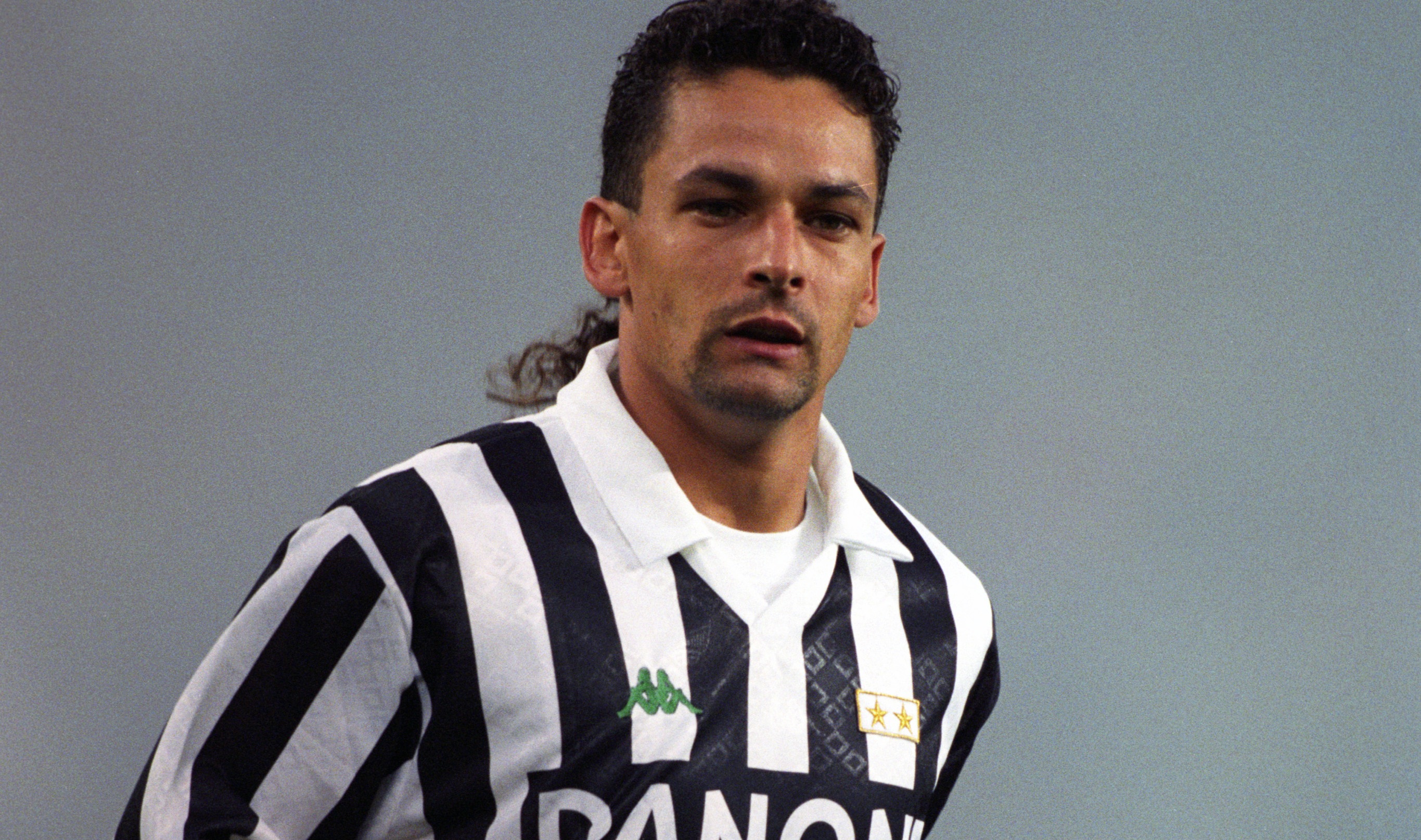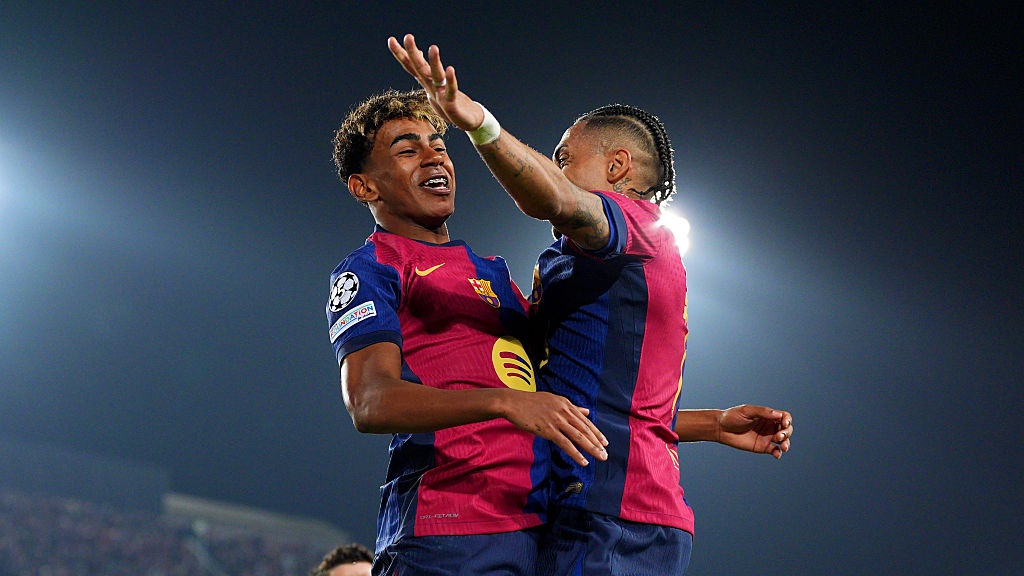Ten clubs who cashed in on their star player
How did offloading a prized asset affect other teams?
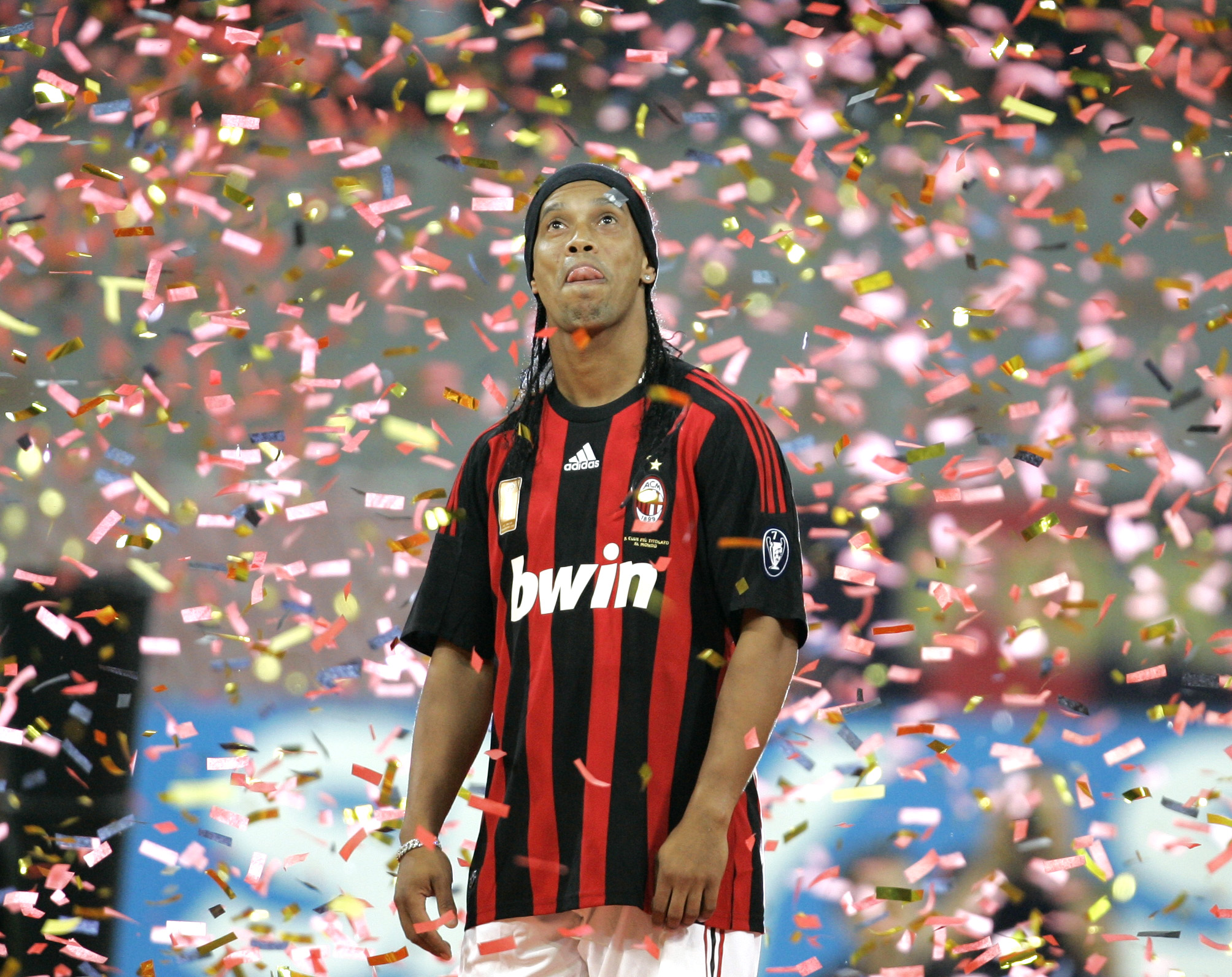
Ian Rush: Liverpool to Juventus
Bale is by no means the first Welsh goal machine to grace English football. As Liverpool’s predatory No.9 throughout the 1980s, Rush fired the Reds to an unprecedented decade of dominance, later becoming the team’s focal point after Kenny Dalglish’s appointment as player-manager in 1985.
At the end of the 1986 season, having scored a brace to win the FA Cup (and secure the Anfield side’s League-Cup double) with a man-of-the-match performance, Rush agreed a £3 million move to Juventus the following summer.
Despite aiming to depart on a high Liverpool ended the 1986/87 season trophyless, leaving the Kop to protest the sale of their hero.
Get FourFourTwo Newsletter
The best features, fun and footballing quizzes, straight to your inbox every week.
Due to the ban on English clubs following the Heysel disaster, moving abroad was the only chance British players had of European glory. But Rush failed to settle in Italy, despite never actually saying “it’s like playing in another country”. Back on Merseyside his departure allowed Dalglish to refresh Liverpool with a new 4-3-3 system, the acquisitions of John Barnes, Peter Beardsley and John Aldridge, and the assembly of one of the club’s greatest-ever sides. Rush returned to Anfield in 1988 for a then English-record fee £2.7m, playing on for another eight goal-laden years.
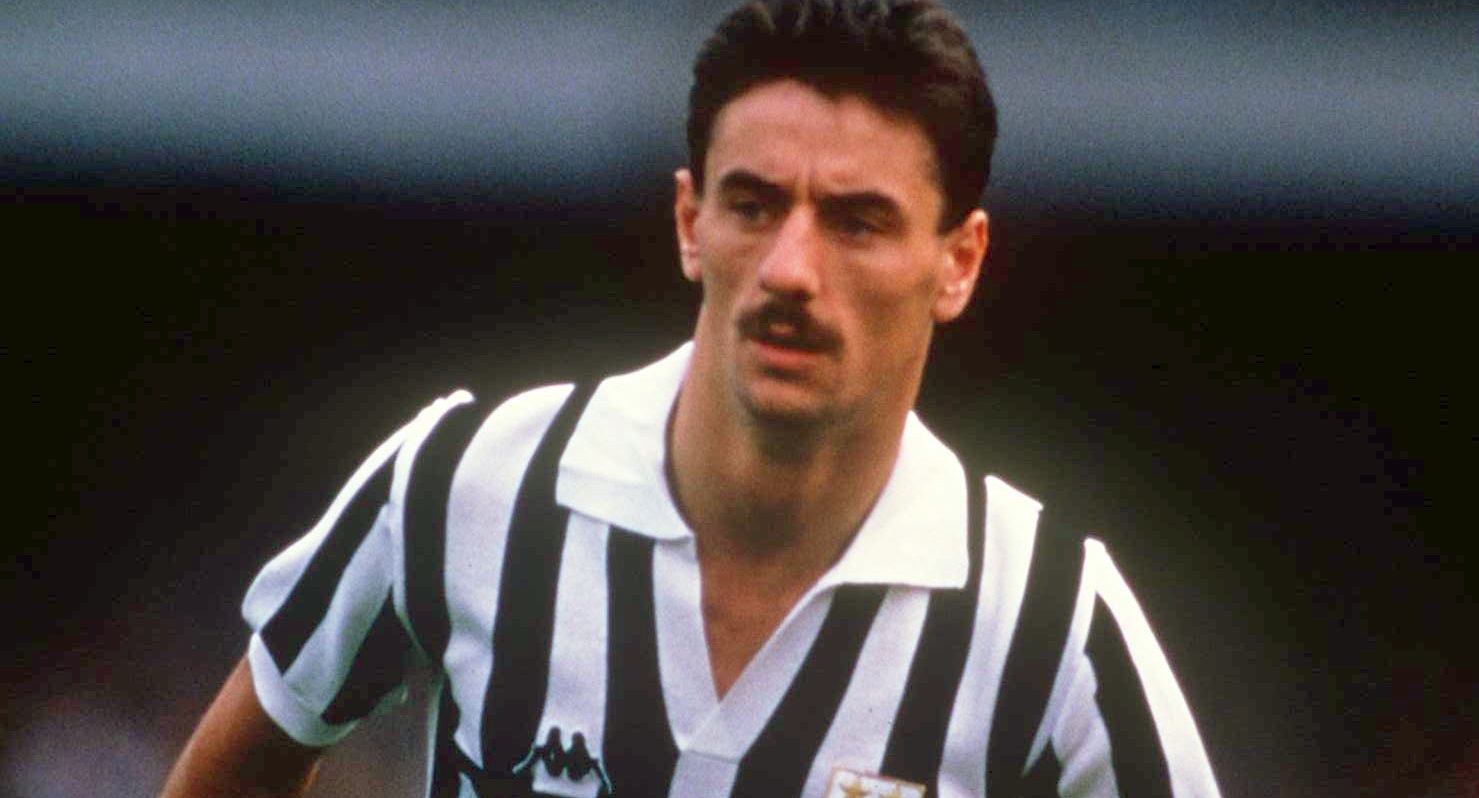
Luis Suarez: Barcelona to Internazionale
“There’s only one Luis Suarez,” chanted Ajax fans during their Europa League quarter-final against Manchester United in 2012. While the travelling fans may have wished to show their support to their controversial former captain, they were mistaken – there’s another one.
Back in 1961, Barcelona forward Luis Suarez became the most expensive player in the world when he transferred to Internazionale for a then record fee of 250 million lira (or £142,000). At Inter, Suarez was redeployed as a deep-lying playmaker, becoming the key creative force in the infamous catenaccio system of Helenio Herrera’s ‘Grande Inter’ side.
In Italy he fulfilled his potential by winning three scudettos, back-to-back European Cups in 1964 and 1965 (he was also a beaten finalist with Barcelona in 1961), as well as two Intercontinental Cups and the 1964 European Championship with Spain.
Like his elder namesake, a change of scenery and shift in responsibilities for Liverpool’s controversial striker could yet allow the Uruguayan to blossom further.
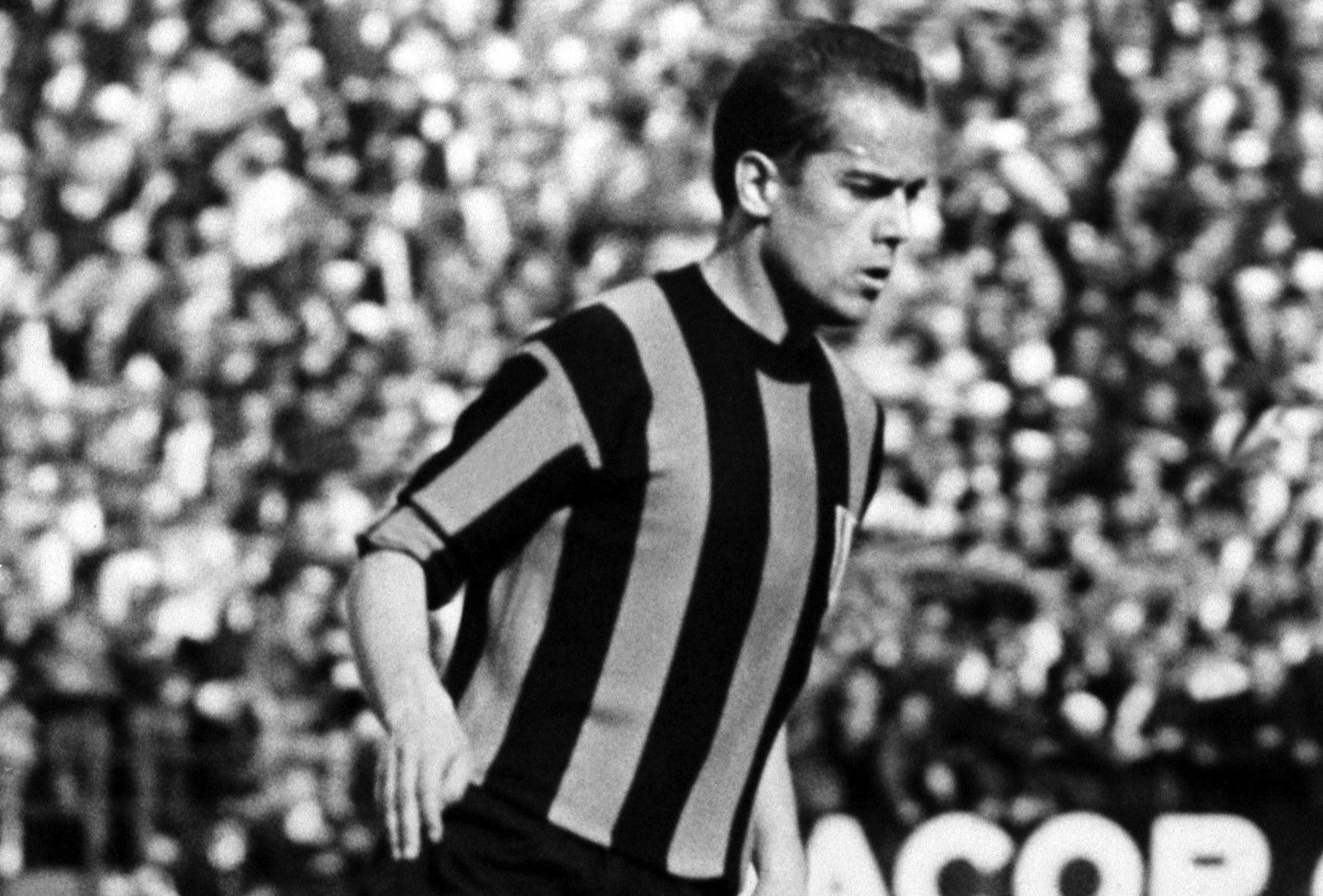
Patrick Vieira: Arsenal to Juventus
Selling star players has become something of an unfortunate habit for Arsene Wenger, yet according to the Arsenal manager his decision to sell Vieira back in 2005 was made by necessity rather than player pressure.
“When Cesc Fàbregas was 18, 19, I would play him in a 4-4-2 with Patrick Vieira and I saw it did not work,” said the Frenchman in 2009. “Gilberto Silva and Vieira worked, Fabregas and Silva worked, but I could not play Fàbregas and Vieira."
Fearful that his midfield prodigy would leave in search of first-team football, Wenger sold his title-winning captain to Juventus for £13.5m. Arsenal haven’t won another trophy since Vieira lifted the FA Cup in his final competitive game over eight years ago.
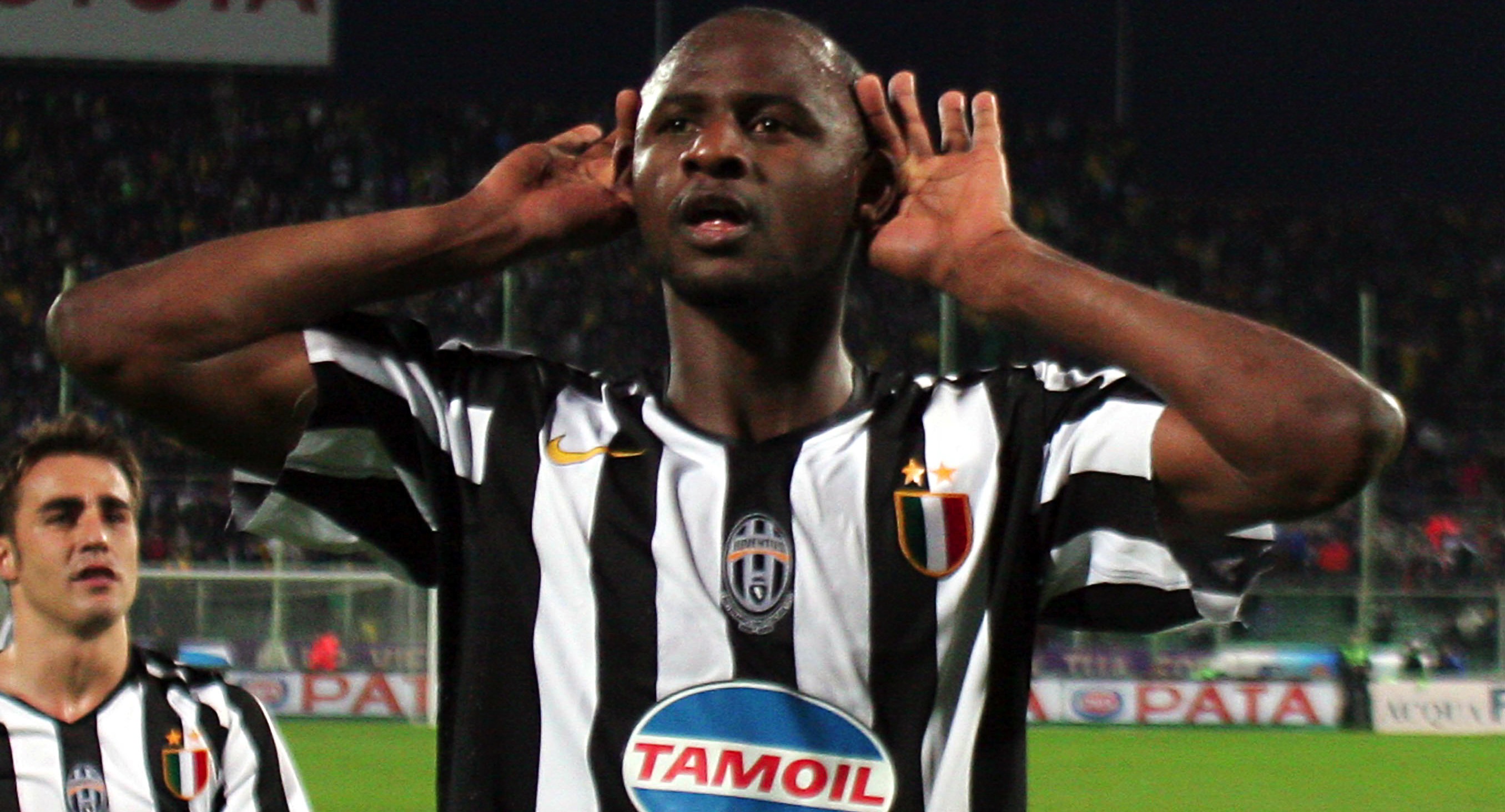
Ronaldinho: Barcelona to AC Milan
Ronaldinho’s stats may not boast the number-crunching bamboozlement of Lionel Messi and Cristiano Ronaldo, but for three seasons the Brazilian was peerless at Barcelona.
Not only a conjurer of magical goals and exquisite opportunities for others, he mentored the young Messi onto the path of greatness and inspired Frank Rijkaard’s side to the 2006 Champions League crown.
But after a sloppy 2007/08 season the fun-loving Samba star was sent on his way by Barcelona’s demanding new coach Pep Guardiola, a ruthless move ultimately vindicated by the domination achieved during his first 18 months in charge.
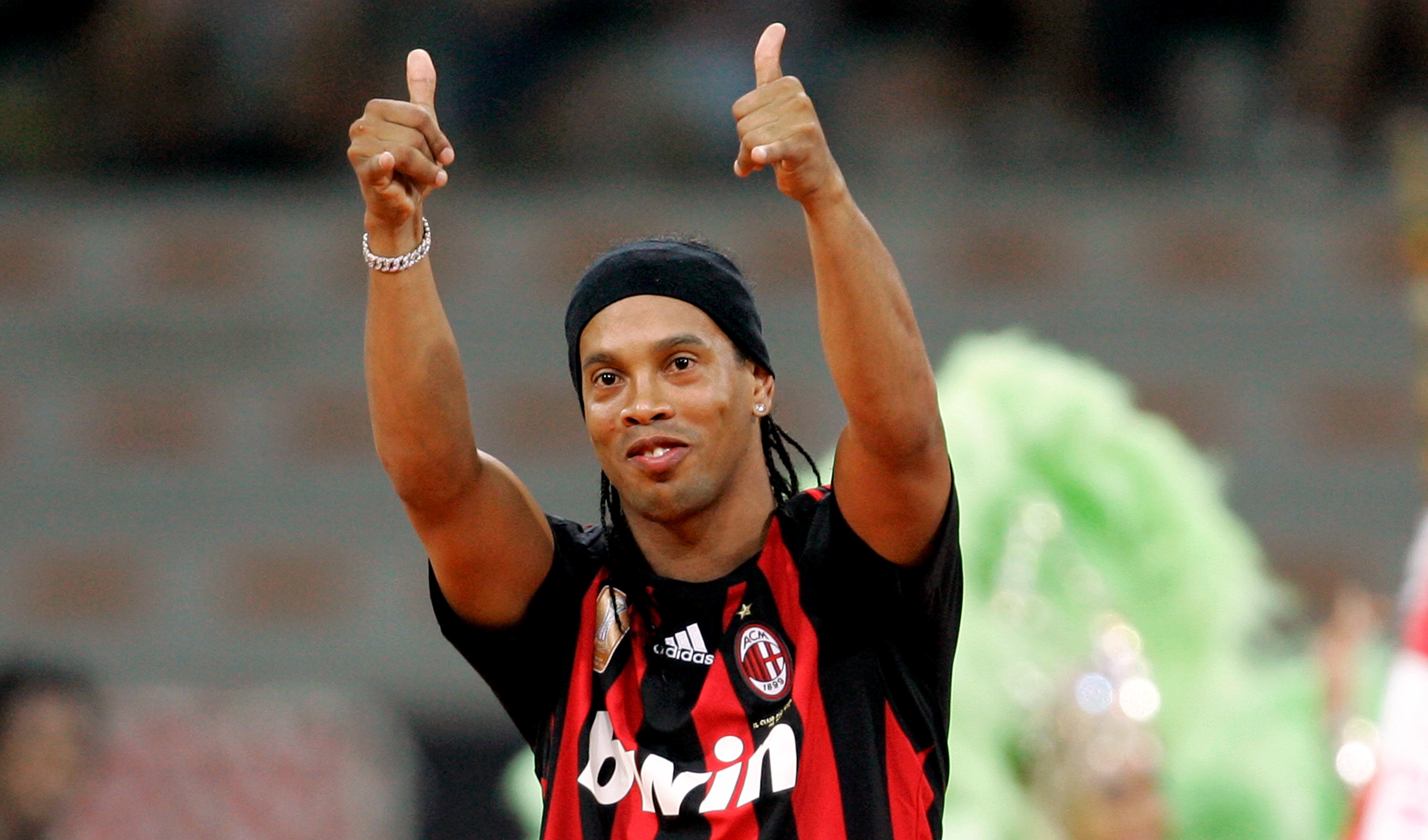
Michael Ballack: Bayer Leverkusen to Bayern Munich
A runner-up in the league to Bayern Munich and beaten finalist in the 2002 Champions League, DFB Pokal Cup and 2002 World Cup, it looked unlikely that German Football of the Year Michael Ballack would ever win trophies at Bayer Neverkusen (yeah, we’re doing that).
In summer 2002, Ballack moved to Bayern Munich for £13m, helping his new club to the Bundesliga title in his first season. By contrast, Leverkusen were almost relegated in his absence, finishing 15th and crashing out of their Champions League group pointless.
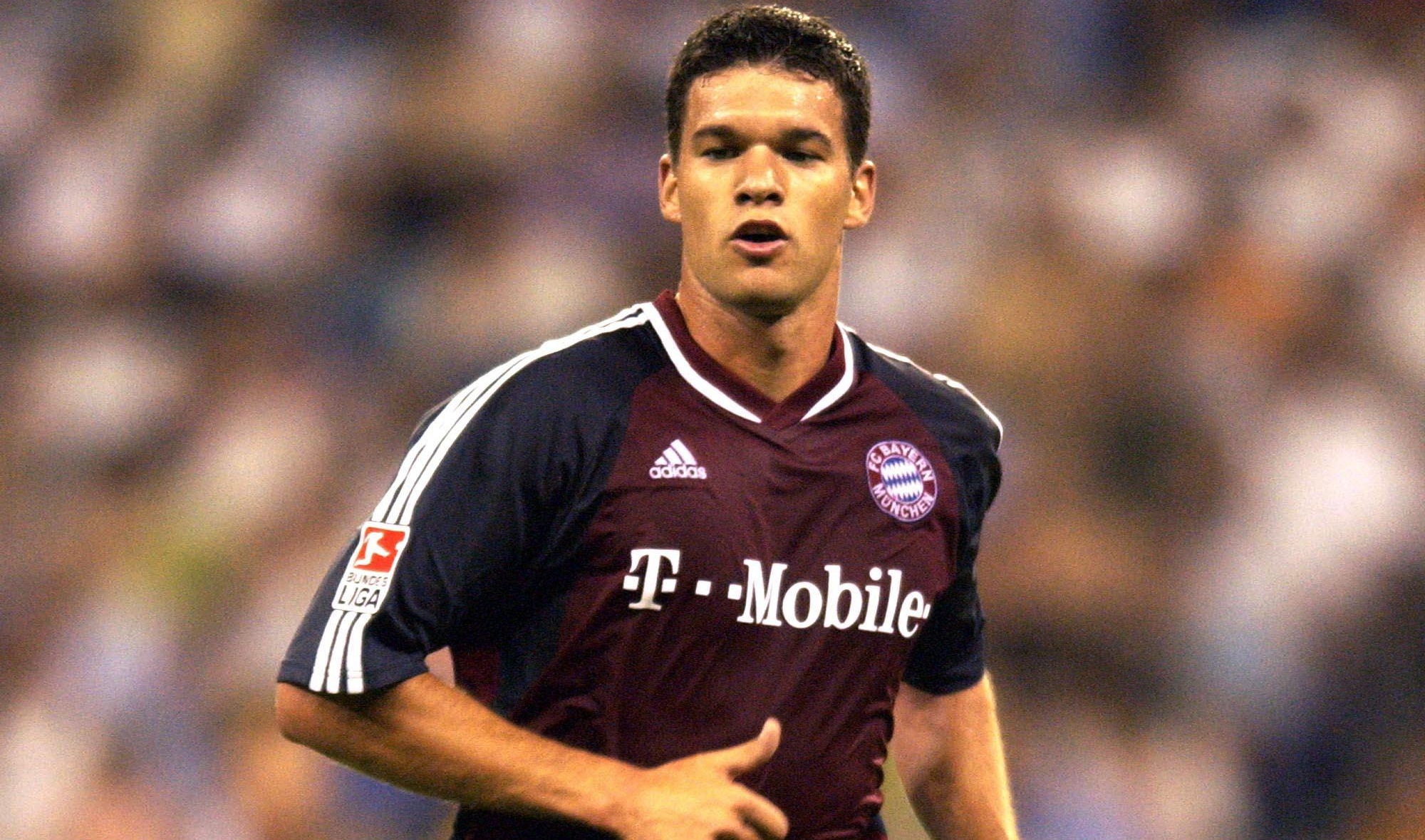
Wayne Rooney: Everton to Manchester United
The Toxteth man child was an impressive sight when he first burst onto the scene aged just 16 in 2002 all guts, goals and fury. Yet rather than inspiring Everton to new feats the teenage Rooney soon found himself fighting fires. David Moyes’ side finished seventh in 2003 but slumped to a perilous 17th the following year. Soon after, Manchester United came calling.
Having cashed in on Rooney for £25.6m, Moyes reinvested the money back into his squad by signing Marcus Bent, James Beattie and the dynamic duo of Tim Cahill and Mikel Arteta.
Everton finished the 2004/05 season in fourth, finally gaining entry to the Champions League.
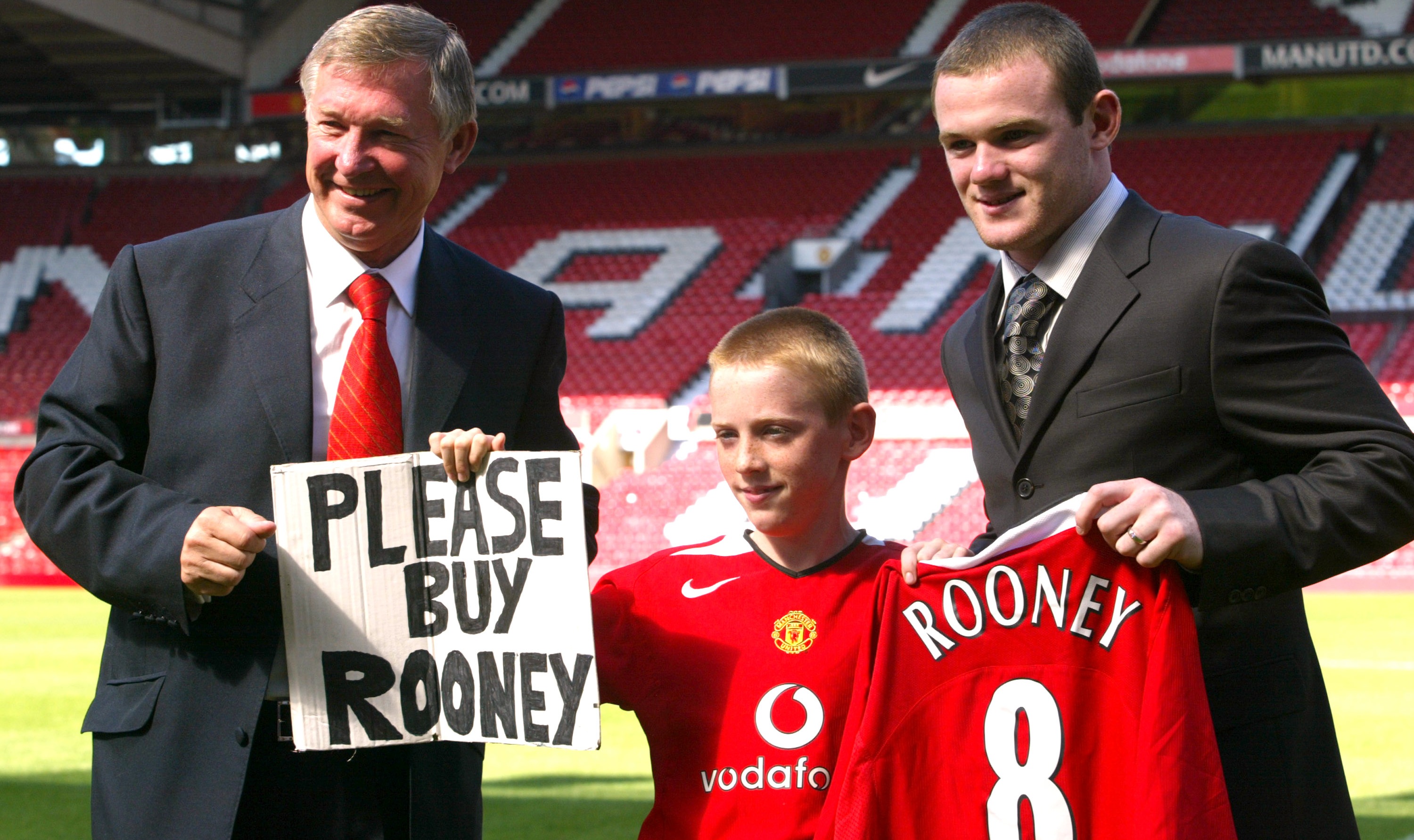
Hernan Crespo: Parma to Lazio
Throughout the 1990s, Parma were the unheralded challengers to Serie A’s traditional cartel of super clubs.
Bankrolled by food processing magnate Calisto Tanzi, the Crociati were able to sign the likes of Juan Sebastian Veron and Lillian Thuram, with a young Gianluigi Buffon tending the sticks after rising through the youth ranks.
Crespo arrived in 1996 from Argentine giants River Plate, hungry to succeed in Italy and win trophies.
Unfortunately, however, a UEFA Cup and Coppa Italia double in 1999 aside, Crespo’s time at the club was largely unfulfilled as they finishing second in his first season and hovered around the top four in the years thereafter.
Having lost patience with the club’s inability to provide a legitimate title challenge he moved to Serie A champions Lazio in 2000 in a world record part-exchange transfer worth £35m, with midfielder Matias Almeyda and winger Sergio Conceicao moving in the opposite direction.
His hunger for trophies wasn’t satisfied there either though, and the striker failed to win any silverware with his new side. Parma, having already lost Veron to Lazio the season before (the Argentine inspiring the Romans to the title) were able to hold onto Thuram and Buffon until 2001 and even won the Coppa Italia again in 2002, but their near-glory days were over. Tanzi’s food and dairy corporation collapsed, and the club was soon declared insolvent.
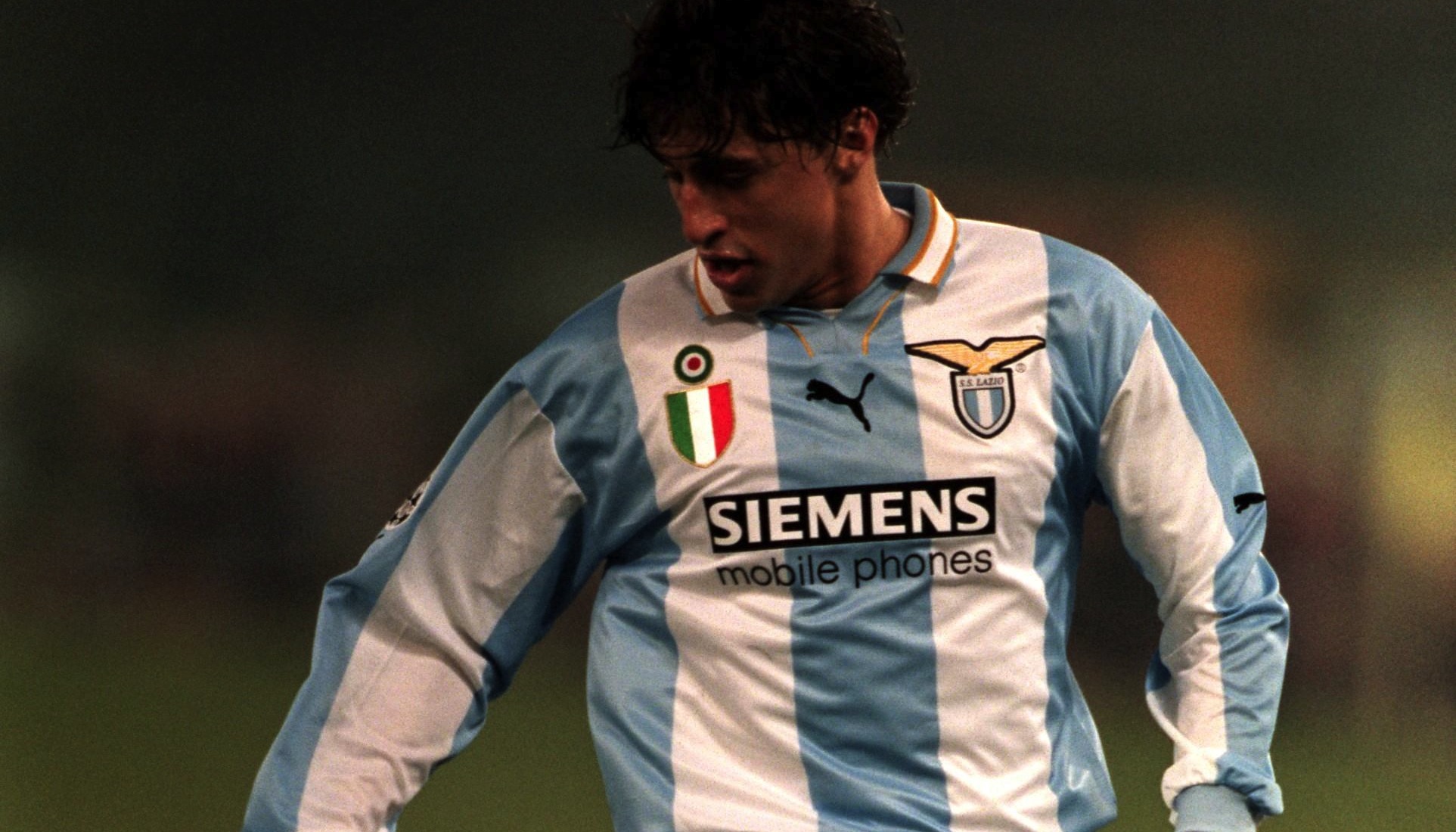
Johan Cruyff: Ajax to Barcelona
Barcelona broke the world transfer record in 1973 to bring Cryuff to the Camp Nou.
They weren’t just buying a footballer, however, but importing a whole new culture that would become the bedrock of the club’s future successes and on-field identity.
Reunited with his compatriot and mentor Rinus Michels, the two Dutchmen set about bringing ‘Total Football’ to the club, although trophies were scarce - during his time at Barcelona Cryuff won only one La Liga title and one Copa Del Rey, compared to the six consecutive league titles and hat-trick of European Cups he amassed in Amsterdam.
For Ajax, it was an end of an era. Although armed with a lump sum from Cryuff’s departure, the lowly status of the Eredivisie meant securing a replacement of similar calibre was near impossible.
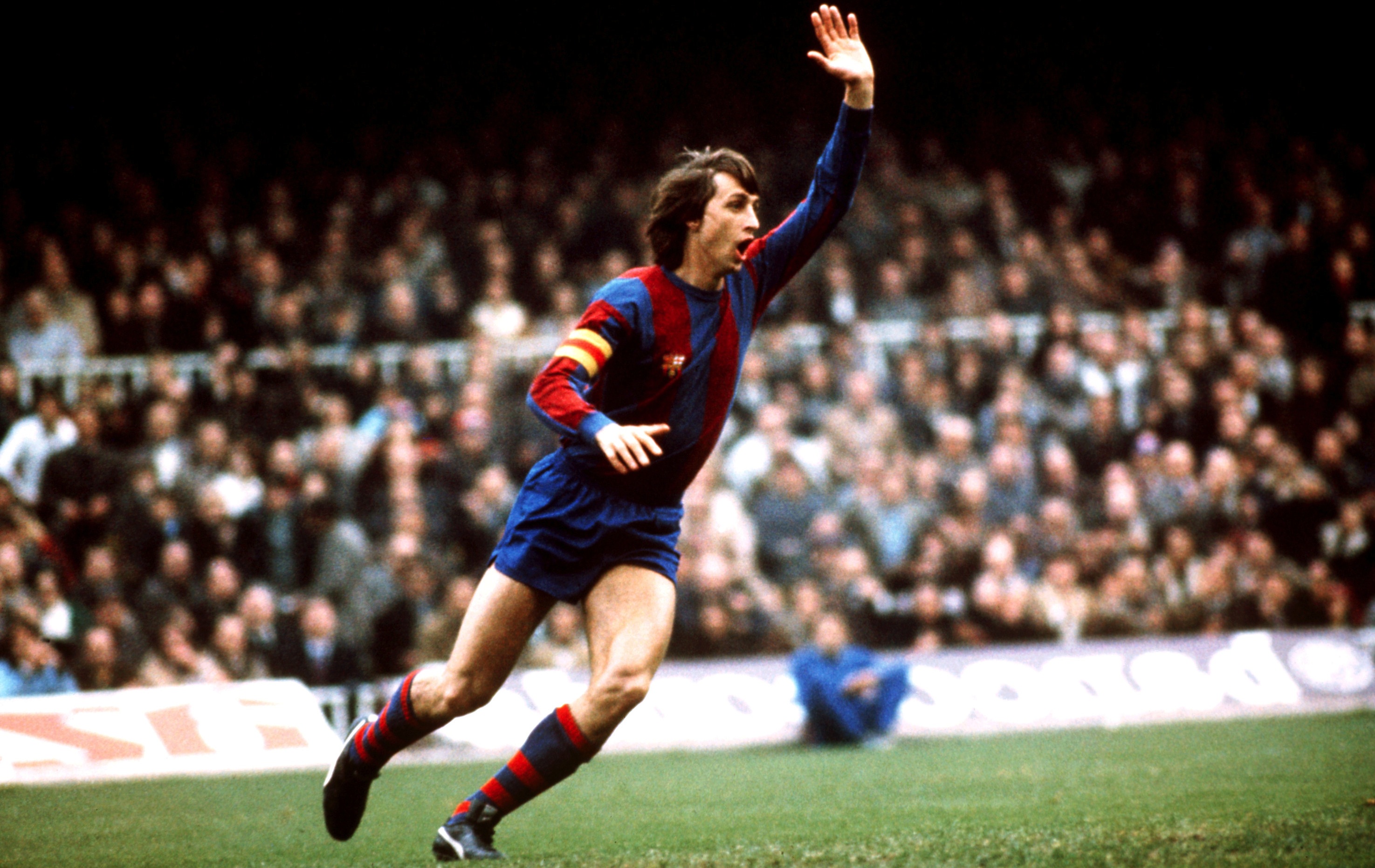
Andy Carroll: Newcastle United to Liverpool
It was the product of the perfect transfer deadline day storm: a gargantuan offer from a tilting club’s desperation for a top-four finish, panic buying a replacement from a club happy to play the extortion game.
For the £35m Liverpool paid Newcastle for Andy Carroll they received a 6ft 3in price tag with a punchline, rather than the Champions League glory-grabber they’d sought after.
While Alan Pardew’s reign at St James’ Park has since regressed, armed with the Carroll money his recruitment strategy the following summer was exemplary.
The club’s French expert Graham Carr returned with a pot of gold, and in came Demba Ba, Yohan Cabaye, Davide Santon and, in January, Papiss Cisse. The new arrivals not only plugged the goal gap but increased the quality throughout Newcastle’s starting XI, allowing the club to instill a more fluid and attacking style that powered them through to an unexpected fifth-place finish.

Roberto Baggio: Fiorentina to Juventus
It’s the summer of 1990 and Fiorentina fans are rioting through the streets of Florence during their country’s World Cup-hosting year. Their star player has been sold to hated rivals Juventus for a then recording-breaking fee of £8m. To them, this wasn’t so much a case of cashing in as selling out.
On his return to Artemio Franchi in the colours of The Old Lady, Baggio refused to take a penalty against his former club and, after being substituted for his noncompliance, picked up a Fiorentina scarf that had been hurled onto the pitch from the stands; a gesture applauded by the Viola fans and scorned by the Juve faithful.
The forward was made to wait until his third season to lift the UEFA Cup, before a Serie A-Coppa Italia double followed in 1994/95. He'll tell you it was worth it.
